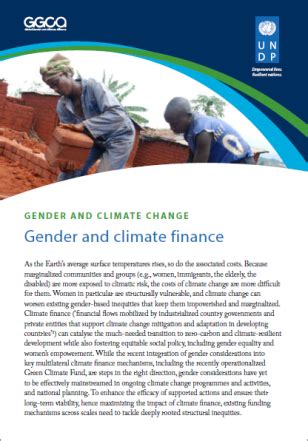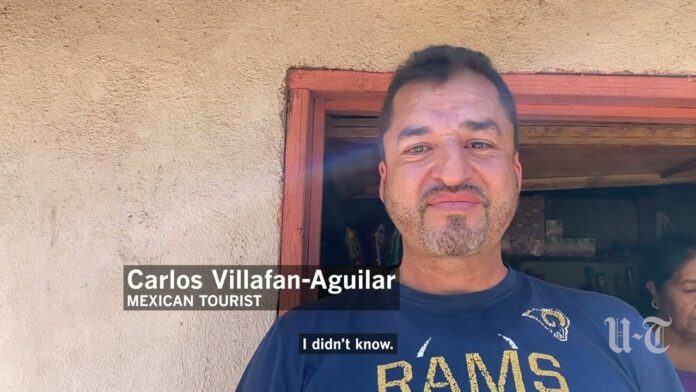Environmental problems have become one of the most pressing challenges of our time, affecting ecosystems, human health, and the global economy. Tackling these issues requires a collective effort and a deep understanding of the key factors driving environmental degradation. In this article, we will explore practical steps that individuals, businesses, and communities can take to foster a more sustainable future. From reducing carbon footprints to supporting renewable energy, there are numerous ways to mitigate the damage being done to our planet. By identifying major environmental problems and adopting sustainable practices, we can all contribute to preserving the earth for future generations.
Investigate this topic thoroughly with xotools.xyz
1. Identifying Major Environmental Problems
Environmental problems come in many forms, each with significant consequences for the planet. The most critical issues include climate change, pollution, deforestation, and biodiversity loss. Climate change, driven by excessive greenhouse gas emissions, leads to rising temperatures, extreme weather events, and sea-level rise. Pollution, whether it’s air, water, or soil contamination, affects ecosystems and human health, creating long-term environmental damage.
Deforestation not only disrupts the carbon balance but also destroys habitats, accelerating species extinction. Similarly, the loss of biodiversity weakens ecosystems, making them more vulnerable to other environmental threats. Identifying these major problems is the first step toward finding effective solutions. Understanding how each issue impacts the environment helps prioritize actions to address the most pressing concerns. By focusing on the root causes and their effects, we can better mobilize resources and efforts to combat these challenges, fostering a healthier and more sustainable planet for future generations.

2. Reducing Carbon Footprint
Reducing your carbon footprint is a crucial step in combating climate change and preserving the environment. Carbon footprints are the total amount of greenhouse gases, particularly carbon dioxide, emitted by human activities, such as transportation, energy use, and consumption habits. To minimize this impact, individuals and businesses can adopt more sustainable practices that lower emissions.
One of the most effective ways to reduce carbon output is by using energy-efficient appliances and switching to renewable energy sources, such as solar or wind power. Simple actions, like turning off lights when not in use or opting for public transportation, can significantly decrease energy consumption. Additionally, driving less, carpooling, or investing in electric vehicles can further cut down on emissions.
Lifestyle choices also play a key role. Reducing meat consumption, particularly from large-scale industrial farming, and choosing locally sourced foods help lower the carbon cost of food production and transportation. Likewise, supporting sustainable fashion by buying fewer, higher-quality items or choosing secondhand clothing reduces the carbon impact of manufacturing.
By adopting these practices, individuals can significantly reduce their carbon footprints. Small changes, when multiplied across populations, lead to meaningful progress in the fight against climate change, helping create a more sustainable future for generations to come.

3. Minimizing Waste and Promoting Recycling
Minimizing waste and promoting recycling are essential steps in addressing the growing issue of environmental pollution. The excessive generation of waste, particularly non-biodegradable materials like plastics, has led to overflowing landfills and polluted ecosystems, harming wildlife and human health. By adopting a waste-minimizing mindset, individuals and communities can significantly reduce the burden on the environment.
A simple but effective method to start is by reducing consumption. This means being mindful of the products you buy and opting for durable, reusable items instead of disposable ones. For example, using cloth bags, refillable water bottles, and avoiding single-use plastics can drastically cut down on waste.
Recycling is another powerful tool in waste management. Sorting recyclables like paper, glass, and plastics from regular trash helps ensure that valuable materials are reprocessed rather than ending up in landfills. Composting organic waste, such as food scraps, can also reduce the amount of waste sent to disposal sites while enriching the soil.
In addition, supporting companies and products that prioritize sustainable packaging or use recycled materials contributes to a more circular economy. Promoting recycling programs and participating in local clean-up initiatives further enhances community efforts toward minimizing waste. These small changes, when practiced consistently, have a significant cumulative effect on reducing environmental harm and conserving natural resources.

4. Conserving Water Resources
Conserving water resources is critical in addressing global environmental challenges and ensuring a sustainable future. Water scarcity affects millions of people worldwide and threatens ecosystems. To conserve water, start by adopting simple practices in daily life. Fixing leaks promptly, using water-efficient fixtures, and taking shorter showers can significantly reduce water usage at home.
In the garden, employ drought-resistant plants and utilize rainwater harvesting systems to minimize the need for irrigation. Additionally, reducing water waste in agriculture through techniques like drip irrigation can help preserve this precious resource.
Supporting policies and initiatives aimed at protecting water bodies and promoting efficient water management practices is also essential. Educating others about the importance of water conservation and encouraging community-wide efforts can amplify these individual actions. By integrating these strategies, we can collectively reduce water consumption and safeguard our water resources for future generations.
5. Supporting Renewable Energy Sources
Supporting renewable energy sources is crucial for reducing dependence on fossil fuels and combating climate change. Renewable energy, including solar, wind, hydro, and geothermal power, offers sustainable alternatives that produce little to no greenhouse gas emissions. By transitioning to these clean energy sources, we can significantly cut our carbon footprint and promote a healthier environment.
Individuals can support renewable energy by installing solar panels on their homes or participating in community solar programs. Opting for green energy plans offered by utility companies is another way to back renewable energy initiatives. Additionally, investing in energy-efficient appliances and insulating homes reduces overall energy consumption, complementing the benefits of renewable energy.
On a larger scale, advocating for policies that support renewable energy development and investing in clean energy technologies can drive systemic change. Supporting businesses and projects that prioritize renewable energy also contributes to the shift away from fossil fuels. By embracing and promoting renewable energy solutions, we can drive progress toward a more sustainable and resilient energy future.
6. Advocating for Environmental Policies and Community Action
Advocating for environmental policies and community action is essential for driving systemic change and addressing large-scale environmental issues. Engaging in local and national policy discussions helps shape regulations and initiatives that protect the environment. Support policies that promote sustainability, such as those encouraging renewable energy, reducing emissions, and conserving natural resources.
Community action is equally important. Participating in or organizing local clean-up events, tree planting campaigns, and educational workshops can raise awareness and foster collective responsibility. Joining environmental organizations or advocacy groups amplifies your voice and connects you with others who share similar goals.
By actively engaging in these efforts, you contribute to a broader movement toward environmental protection and sustainability. Encouraging others to get involved and supporting initiatives that promote environmental stewardship create a ripple effect, leading to more significant and lasting impacts on our planet.
Addressing environmental problems requires a multifaceted approach. By reducing carbon footprints, minimizing waste, conserving water, supporting renewable energy, and advocating for effective policies, we can make a significant impact. Collective action and individual commitment are key to creating a sustainable future. Together, we can protect our planet for generations to come.
xotools.xyz









